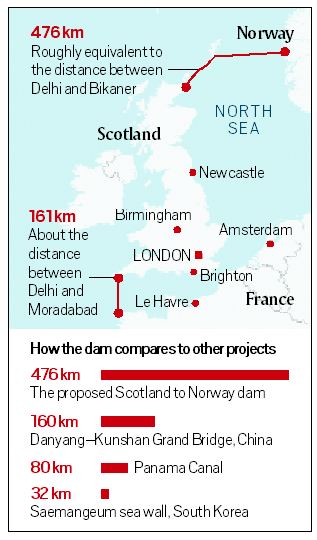7667766266
enquiry@shankarias.in
International Intellectual Property Index
Northern European Enclosure Dam (NEED)

Thermal Coal
Swachh Iconic Places (SIP)
List of Swachh Iconic Places
Kala Kumbh
Matribhasha Diwas
International Mother Language Day (IMLD)
Source: PIB, Indian Express, the Hindu